With India's third Sanskrit feature film on the horizon, Roshni Nair walks down celluloid lane to track movies in the language and artistes behind them
KSL Swamy is keeping his fingers crossed. If all goes to plan, his Prabhodha Chandrodayam, based on an 11th century drama by Krishna Mishra Yati, will be the third Sanskrit feature to be released in India. The film – over three years in the making – is funded by the central and the Karnataka governments and mathas (religious institutions) like Sringeri Sharada Peetham. Its budget: Rs1.5 crore.
"Anyone who knows about Sanatana Dharma, unka kartavya hai ki kuch kare apni matrubhasha ke liye," says the 77-year-old.
Ravi, as Swamy is better known, is a prolific Kannada director determined to give Sanskrit a cinematic shot in the arm.
Sanskrit may not be extinct, but it struggles to keep afloat. Buoys come in the form of mathas, Sanskrit universities and Karnataka's twin villages Mattur-Hosahalli, where it's the dominant language. Safehoused in sacred texts, Sanskrit didn't mix with its vernacular contemporaries or become a 'mass language'. And Ravi knows this well.
"My film will also have Malayalam and other local languages. Could people like bhajiwalas talk in Sanskrit? At no point in our history did the entire population speak the language."
But this fact didn't deter the director of India's first ever Sanskrit film. Ganapathi Venkatrama Iyer, to whom Ravi was assistant director for 30 years, wanted his 1983 opus Adi Shankaracharya to be made entirely in Sanskrit. And he stuck to his guns, going on to make his second Sanskrit film Bhagavad Gita: Song of the Lord ten years later, in 1993.
Role of Kannada cinema
The 1940s was a tough decade for Kannada cinema. "Releases were sporadic, and producers couldn't afford lavish sets. Tamil studios would host Kannada films after their own schedules were over, mostly at night," says professor, writer and film critic N. Manu Chakravarthy.
But Bedara Kannappa (BK) changed that in 1954. Directed by HLN Simha, it was based on a play by vaunted theatre troupe, Gubbi Veeranna Nataka Company – of which Iyer was a crucial part. Scripted by Iyer, BK was the first Kannada film to run for 100 days and win a National Award. Its wheels set Kannada cinema in motion.
Iyer directed films in the '60s, but none were particularly noteworthy. His pitch to direct Vamsha Vriksha (VV), based on a novel by SL Bhyrappa, was rejected by the author himself. The 1972 film, then directed by Girish Karnad and BV Karanth, spurred Kannada cinema's golden wave.
Iyer tried to catch up with Hamsageethe in 1975. The film was well-received, but even then, its director was behind his contemporaries.
"Hamsageethe marked a transition in his career, not Kannada cinema, which was already well into the 'new wave'. The big shift had already taken place," explains Manu Chakravarthy.
Iyer finally had a movie that clicked. Yet, it was too little, too late.
Why Sanskrit?
"I asked him why he made Adi Shankaracharya in Sanskrit. He said it was because nobody had ever done it," says Iyer's son Raghavendra. "He used to say Sanskrit is not a dead language. That it's a language of the world."
After Hamsageethe, Iyer went underground and resurfaced in a new avatar. He now had knotted hair, a flowing beard and bare feet, earning him monikers like 'Kannada Bheeshma' and 'The Barefoot Director'. During this time, philosopher Adi Shankara became his point of interest. "He'd read copiously on Advaita, going to gurus for discussions and debates and to learn Sanskrit," remembers Ravi.
From Sant Tukaram (Marathi) and Yogi Vemana (Telugu) to Chandidas (Bengali) and Narasinh Mehta (Gujarati), Indian cinema had no dearth of 'devotional' movies. Adi Shankaracharya, however, was an outcome of Iyer's intent to 'revive' Sanskrit – the 'language of the Brahmans'. Which was why its script was penned by a Vedic scholar and its actors had to have a fair, if not complete understanding of Sanskrit. "They either knew the language or had to learn all their lines. There was no dubbing," says Raghavendra.
Adi Shankaracharya won four National Awards in 1984, but never got a commercial release. It also attracted views ranging from admiration to indifference. Veteran Kannada actor and filmmaker Shivaramanna thinks it's one of Iyer's best works. "He'd sketched all the scenes – much like what (Satyajit) Ray used to do. His movies were like paintings." Then, there's Manu Chakravarthy's take: "Adi Shankaracharya was a cut-and-paste job. It had no critical or intellectual engagement. It's more veneration for an already-venerated Adi Shankara."
Iyer then directed Madhvacharya (1987) in Kannada and Ramanujacharya (1989) in Tamil. Both were peppered with Sanskrit dialogues. But it was in 1993 that he released his second Sanskrit film Bhagavad Gita: Song of the Lord, which bagged the National Award for Best Film in 1994.
Neena Gupta, an M.Phil in Sanskrit, co-starred as Draupadi in the film and remembers Iyer as a disciplinarian. "He was the oldest on set, but his energy belied his age. His son played Arjuna, and Mr. Iyer was most strict with him. He'd make him take dips in ice cold water," she laughs.
Like Iyer's first Sanskrit film, Bhagavad Gita... is relatively unknown. There's little chance of finding the films in DVD rental stores, although the former's on YouTube.
Looking ahead
Can Sanskrit cinema ever become a reality? Despite acting in a Sanskrit film and being proficient in the language, Neena Gupta doesn't think so. "When the language isn't spoken, how can you make films in it? Who'll understand it?"
It's more practical to make movies in regional dialects, says Raghavendra. "Sanskrit cinema has no future. But films in Konkani and Tulu will go places. These languages can't be subsumed under Kannada or Marathi and belong to a separate sub-culture, like Bhojpuri. Bhojpuri films are even screened in Mauritius since it's one of the national languages there."
With the exception of The Passion of the Christ (Aramaic), which had the backing of a big name – Mel Gibson – movies in 'dead' languages don't work. Sebastiane, a 1976 biopic on Saint Sebastian and the only Latin film ever made, was radical because its theme was homoerotica. We may not have a Kama Sutra in Sanskrit anytime soon, but perhaps exploring 'atypical' subjects can generate interest.
Until then, those like Ravi have to be content with niche audiences. Even if things don't work out his way, Ravi claims he'll be happy that he tried to bring a Sanskrit nataka (play) to the fore.
We'll just have to wait and watch.
![submenu-img]() Big update on Pakistan's first-ever Moon mission and it has this China connection...
Big update on Pakistan's first-ever Moon mission and it has this China connection...![submenu-img]() 2024 Maruti Suzuki Swift officially teased ahead of launch, bookings open at price of Rs…
2024 Maruti Suzuki Swift officially teased ahead of launch, bookings open at price of Rs…![submenu-img]() 'Kyun bhai kyun?': Sheezan Khan slams actors in Sanjay Leela Bhansali's Heeramandi, says 'nobody could...'
'Kyun bhai kyun?': Sheezan Khan slams actors in Sanjay Leela Bhansali's Heeramandi, says 'nobody could...'![submenu-img]() Meet Jai Anmol, his father had net worth of over Rs 183000 crore, he is Mukesh Ambani’s…
Meet Jai Anmol, his father had net worth of over Rs 183000 crore, he is Mukesh Ambani’s…![submenu-img]() Shooting victim in California not gangster Goldy Brar, accused of Sidhu Moosewala’s murder, confirm US police
Shooting victim in California not gangster Goldy Brar, accused of Sidhu Moosewala’s murder, confirm US police![submenu-img]() DNA Verified: Is CAA an anti-Muslim law? Centre terms news report as 'misleading'
DNA Verified: Is CAA an anti-Muslim law? Centre terms news report as 'misleading'![submenu-img]() DNA Verified: Lok Sabha Elections 2024 to be held on April 19? Know truth behind viral message
DNA Verified: Lok Sabha Elections 2024 to be held on April 19? Know truth behind viral message![submenu-img]() DNA Verified: Modi govt giving students free laptops under 'One Student One Laptop' scheme? Know truth here
DNA Verified: Modi govt giving students free laptops under 'One Student One Laptop' scheme? Know truth here![submenu-img]() DNA Verified: Shah Rukh Khan denies reports of his role in release of India's naval officers from Qatar
DNA Verified: Shah Rukh Khan denies reports of his role in release of India's naval officers from Qatar![submenu-img]() DNA Verified: Is govt providing Rs 1.6 lakh benefit to girls under PM Ladli Laxmi Yojana? Know truth
DNA Verified: Is govt providing Rs 1.6 lakh benefit to girls under PM Ladli Laxmi Yojana? Know truth![submenu-img]() Remember Heyy Babyy's cute 'Angel' Juanna Sanghvi? 20 year-old looks unrecognisable now, fans say 'her comeback will...'
Remember Heyy Babyy's cute 'Angel' Juanna Sanghvi? 20 year-old looks unrecognisable now, fans say 'her comeback will...'![submenu-img]() In pics: Arti Singh stuns in red lehenga as she ties the knot with beau Dipak Chauhan in dreamy wedding
In pics: Arti Singh stuns in red lehenga as she ties the knot with beau Dipak Chauhan in dreamy wedding![submenu-img]() Actors who died due to cosmetic surgeries
Actors who died due to cosmetic surgeries![submenu-img]() See inside pics: Malayalam star Aparna Das' dreamy wedding with Manjummel Boys actor Deepak Parambol
See inside pics: Malayalam star Aparna Das' dreamy wedding with Manjummel Boys actor Deepak Parambol ![submenu-img]() In pics: Salman Khan, Alia Bhatt, Rekha, Neetu Kapoor attend grand premiere of Sanjay Leela Bhansali's Heeramandi
In pics: Salman Khan, Alia Bhatt, Rekha, Neetu Kapoor attend grand premiere of Sanjay Leela Bhansali's Heeramandi![submenu-img]() DNA Explainer: Why Harvey Weinstein's rape conviction was overturned, will beleaguered Hollywood mogul get out of jail?
DNA Explainer: Why Harvey Weinstein's rape conviction was overturned, will beleaguered Hollywood mogul get out of jail?![submenu-img]() What is inheritance tax?
What is inheritance tax?![submenu-img]() DNA Explainer: What is cloud seeding which is blamed for wreaking havoc in Dubai?
DNA Explainer: What is cloud seeding which is blamed for wreaking havoc in Dubai?![submenu-img]() DNA Explainer: What is Israel's Arrow-3 defence system used to intercept Iran's missile attack?
DNA Explainer: What is Israel's Arrow-3 defence system used to intercept Iran's missile attack?![submenu-img]() DNA Explainer: How Iranian projectiles failed to breach iron-clad Israeli air defence
DNA Explainer: How Iranian projectiles failed to breach iron-clad Israeli air defence![submenu-img]() 'Kyun bhai kyun?': Sheezan Khan slams actors in Sanjay Leela Bhansali's Heeramandi, says 'nobody could...'
'Kyun bhai kyun?': Sheezan Khan slams actors in Sanjay Leela Bhansali's Heeramandi, says 'nobody could...'![submenu-img]() Meet actress who once competed with Aishwarya Rai on her mother's insistence, became single mother at 24, she is now..
Meet actress who once competed with Aishwarya Rai on her mother's insistence, became single mother at 24, she is now..![submenu-img]() Makarand Deshpande says his scenes were cut in SS Rajamouli’s RRR: ‘It became difficult for…’
Makarand Deshpande says his scenes were cut in SS Rajamouli’s RRR: ‘It became difficult for…’![submenu-img]() Meet 70s' most daring actress, who created controversy with nude scenes, was rumoured to be dating Ratan Tata, is now...
Meet 70s' most daring actress, who created controversy with nude scenes, was rumoured to be dating Ratan Tata, is now...![submenu-img]() Meet superstar’s sister, who debuted at 57, worked with SRK, Akshay, Ajay Devgn; her films earned over Rs 1600 crore
Meet superstar’s sister, who debuted at 57, worked with SRK, Akshay, Ajay Devgn; her films earned over Rs 1600 crore![submenu-img]() IPL 2024: Spinners dominate as Punjab Kings beat Chennai Super Kings by 7 wickets
IPL 2024: Spinners dominate as Punjab Kings beat Chennai Super Kings by 7 wickets![submenu-img]() Australia T20 World Cup 2024 squad: Mitchell Marsh named captain, Steve Smith misses out, check full list here
Australia T20 World Cup 2024 squad: Mitchell Marsh named captain, Steve Smith misses out, check full list here![submenu-img]() SRH vs RR, IPL 2024: Predicted playing XI, live streaming details, weather and pitch report
SRH vs RR, IPL 2024: Predicted playing XI, live streaming details, weather and pitch report![submenu-img]() SRH vs RR IPL 2024 Dream11 prediction: Fantasy cricket tips for Sunrisers Hyderabad vs Rajasthan Royals
SRH vs RR IPL 2024 Dream11 prediction: Fantasy cricket tips for Sunrisers Hyderabad vs Rajasthan Royals ![submenu-img]() IPL 2024: Marcus Stoinis, Mohsin Khan power Lucknow Super Giants to 4-wicket win over Mumbai Indians
IPL 2024: Marcus Stoinis, Mohsin Khan power Lucknow Super Giants to 4-wicket win over Mumbai Indians![submenu-img]() Viral video: Man's 'peek-a-boo' moment with tiger sends shockwaves online, watch
Viral video: Man's 'peek-a-boo' moment with tiger sends shockwaves online, watch![submenu-img]() Viral video: Desi woman's sizzling dance to Jacqueline Fernandez’s ‘Yimmy Yimmy’ burns internet, watch
Viral video: Desi woman's sizzling dance to Jacqueline Fernandez’s ‘Yimmy Yimmy’ burns internet, watch![submenu-img]() Viral video: Men turn car into mobile swimming pool, internet reacts
Viral video: Men turn car into mobile swimming pool, internet reacts![submenu-img]() Meet Youtuber Dhruv Rathee's wife Julie, know viral claims about her and how did the two meet
Meet Youtuber Dhruv Rathee's wife Julie, know viral claims about her and how did the two meet![submenu-img]() Viral video of baby gorilla throwing tantrum in front of mother will cure your midweek blues, watch
Viral video of baby gorilla throwing tantrum in front of mother will cure your midweek blues, watch
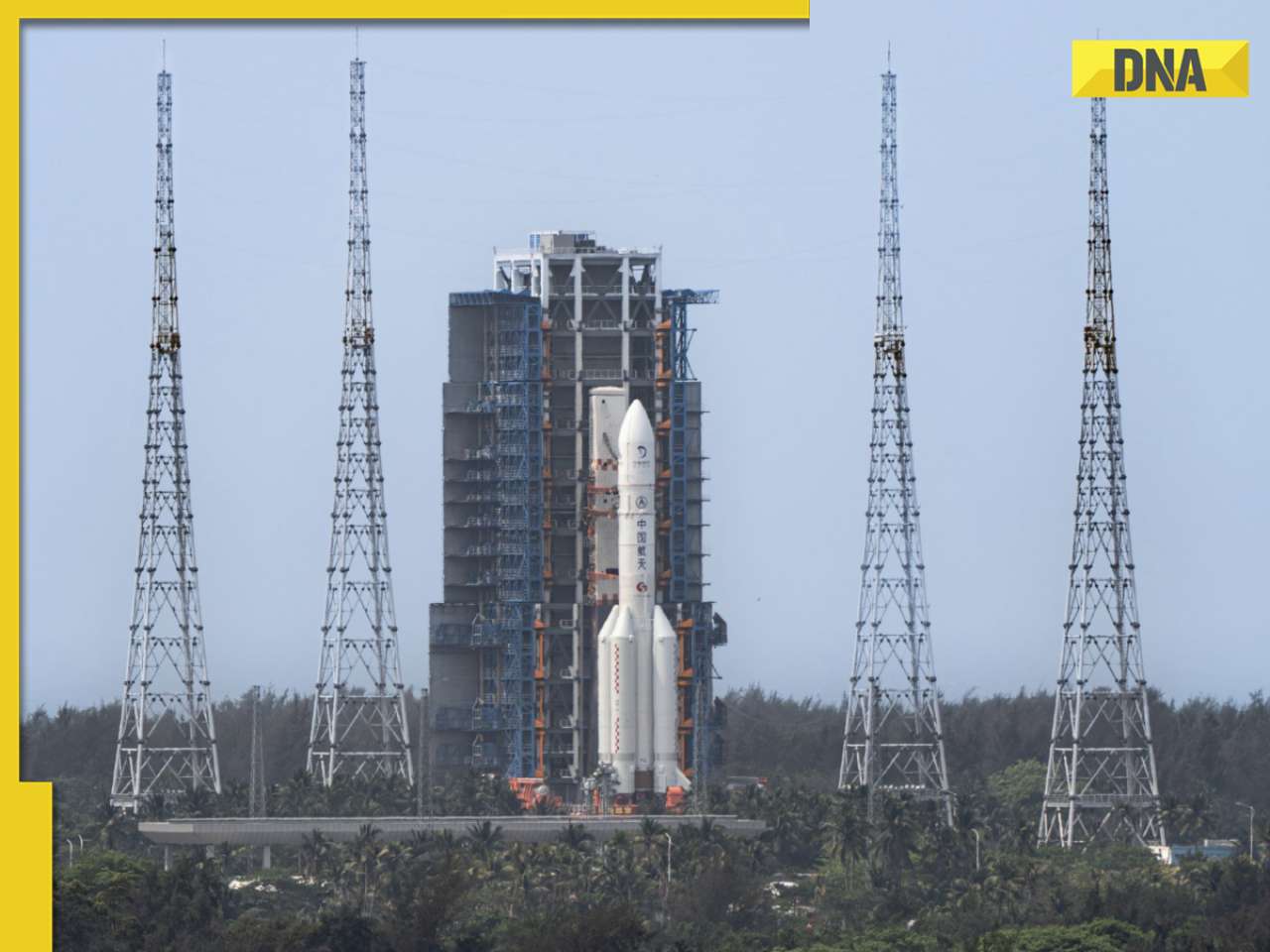



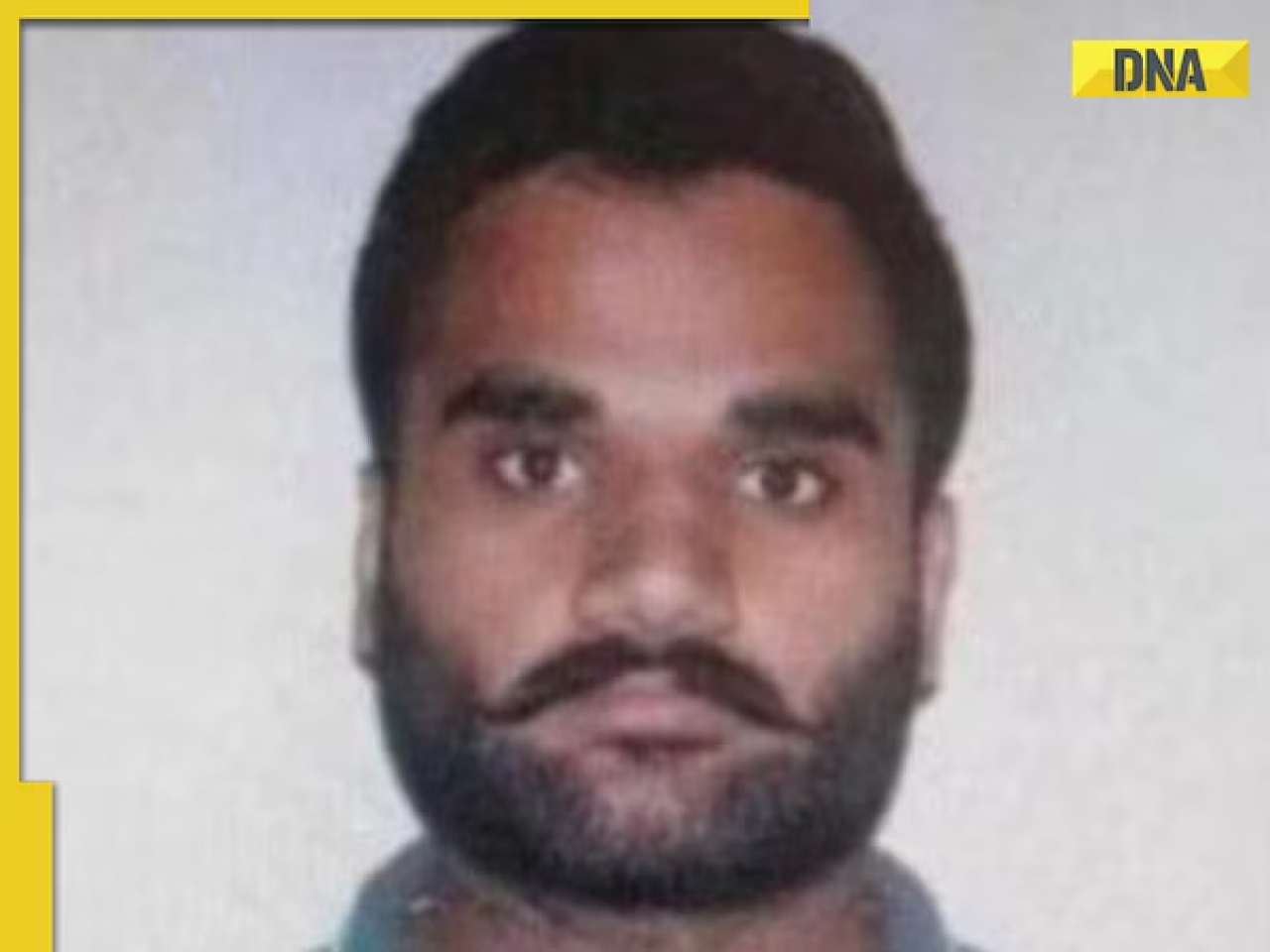





















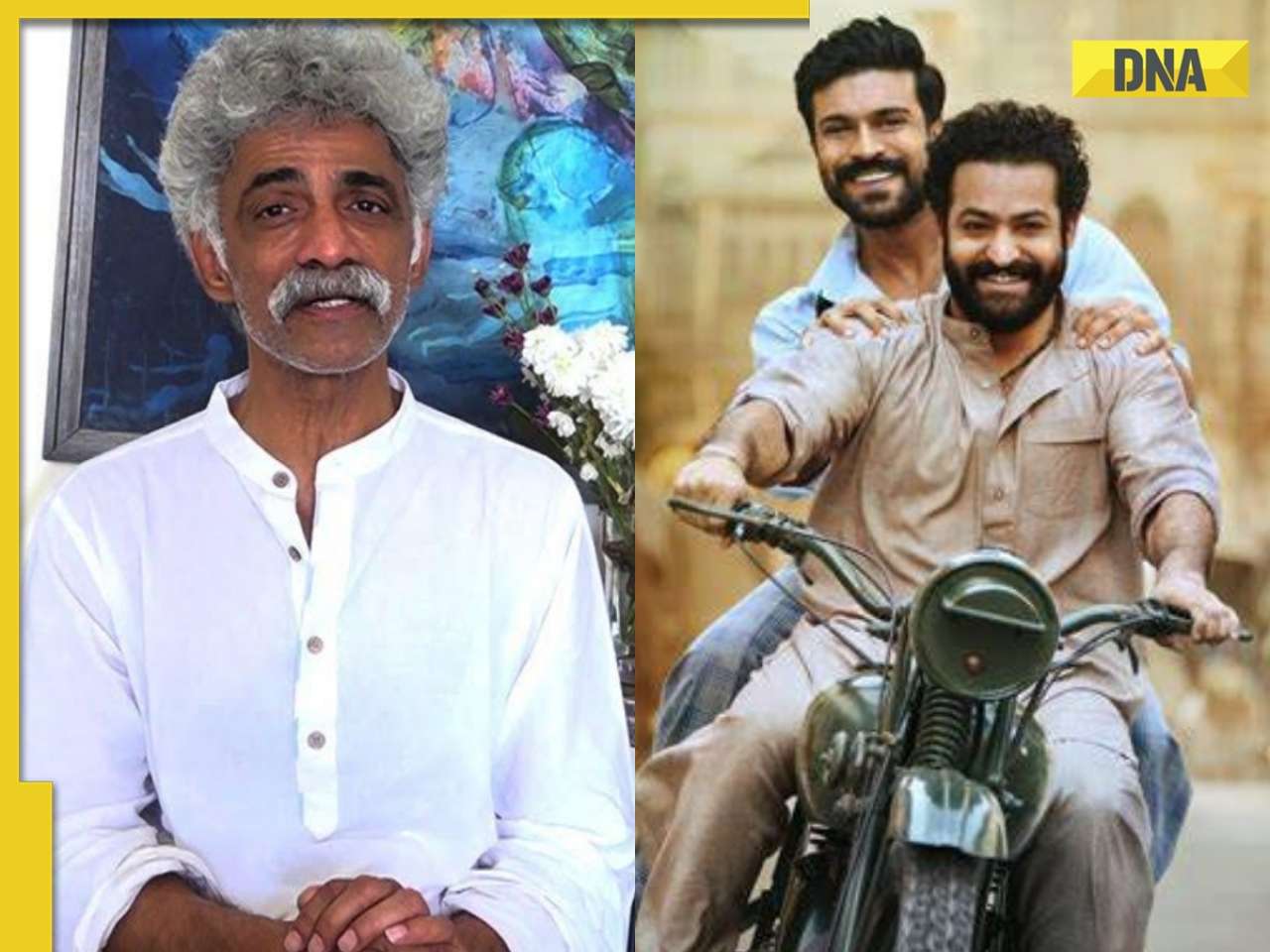


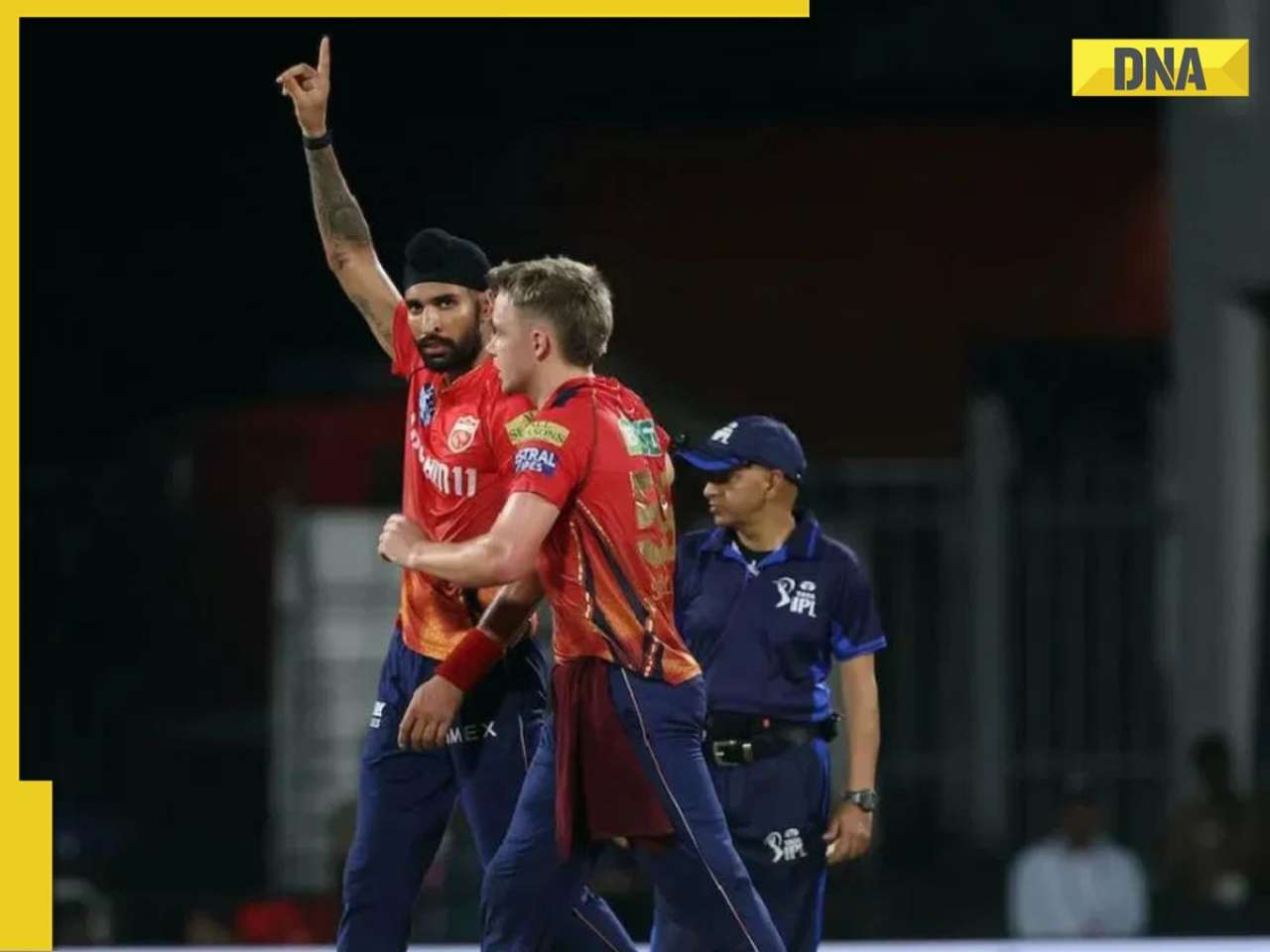

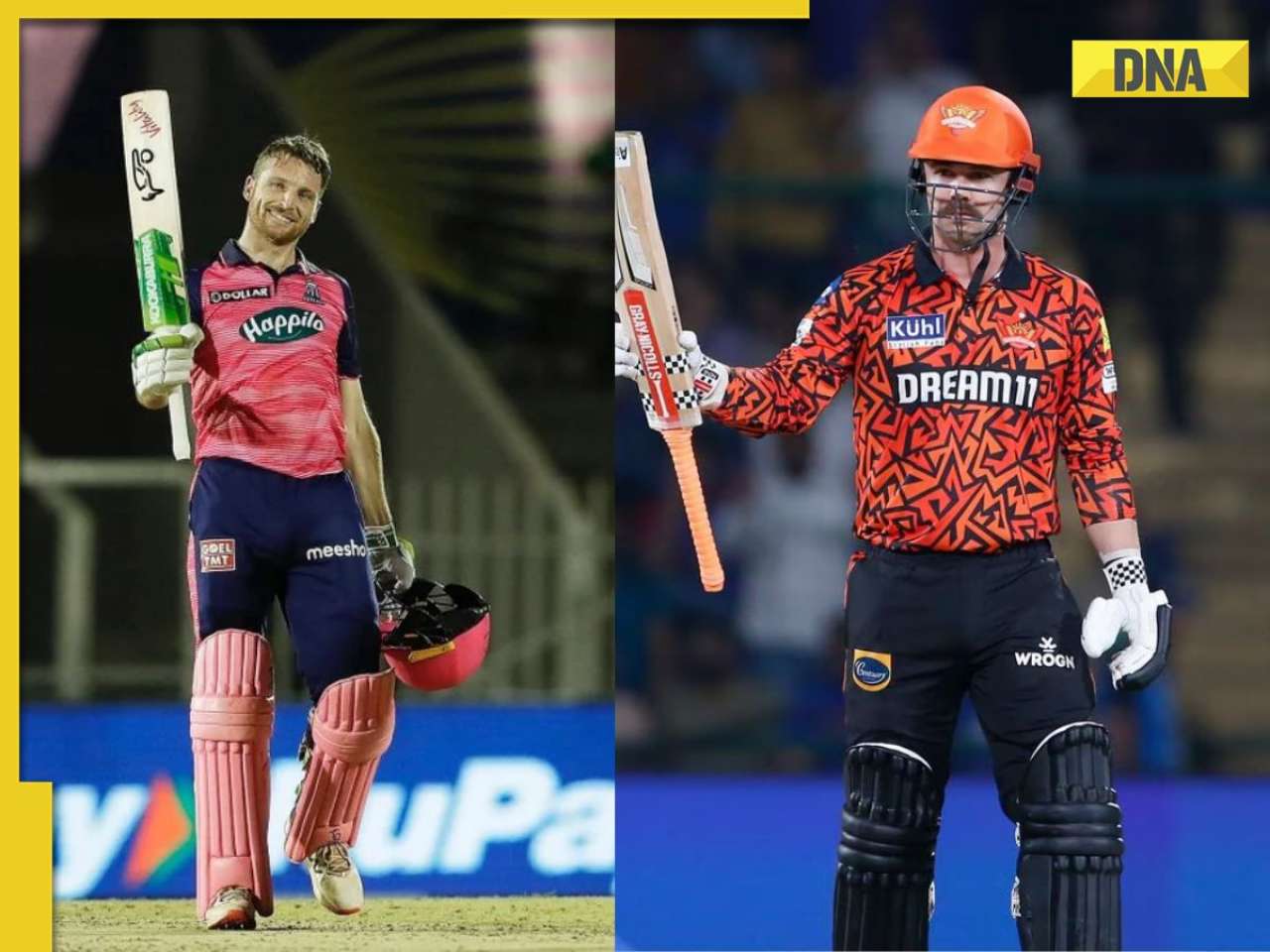








)









)
)
)
)
)
)